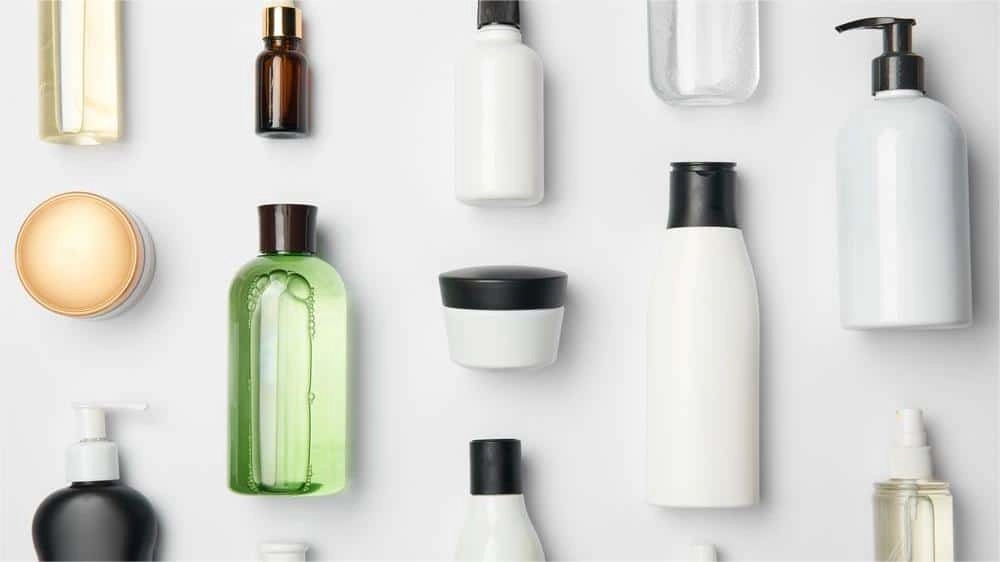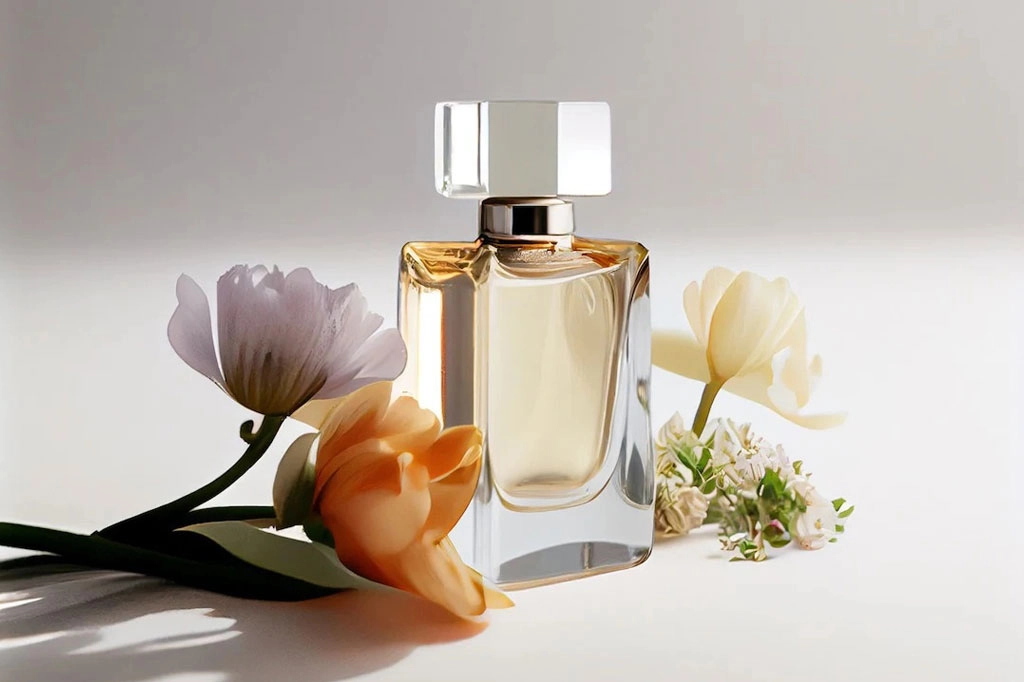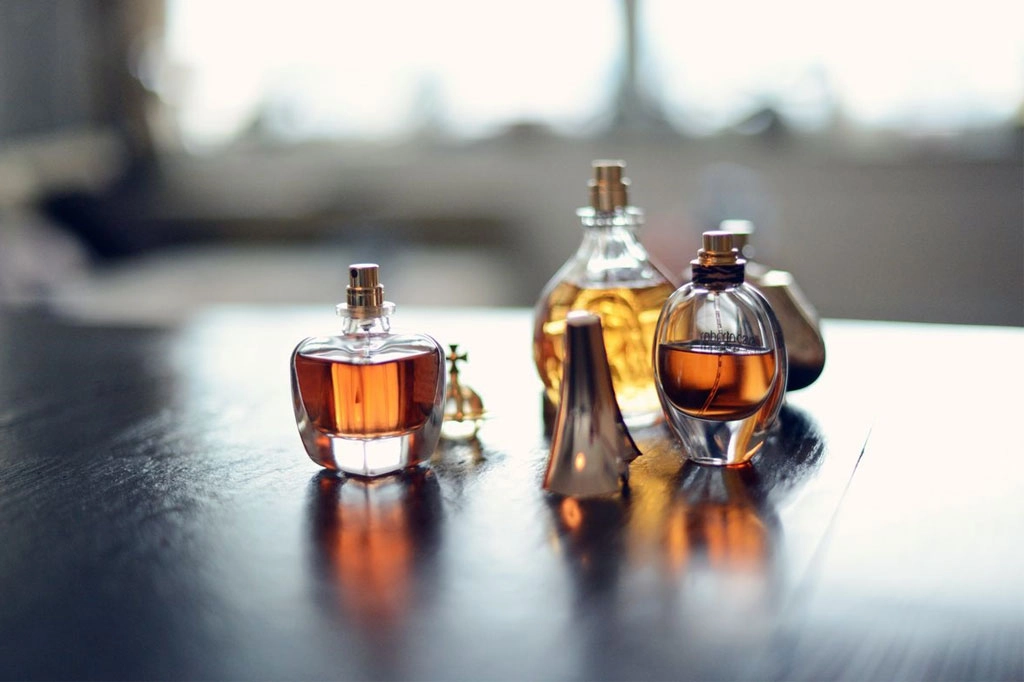In the ever-evolving world of cosmetics, the choice of packaging material plays a pivotal role in defining a product’s market success. For industry professionals, this decision is not just about aesthetic appeal; it involves a careful consideration of sustainability, cost, and durability. These factors not only influence the environmental footprint and economic viability of a product but also its ability to meet consumer expectations and regulatory standards.
With the cosmetics industry facing increased scrutiny over environmental concerns, the choice of packaging material has become more crucial than ever. This article delves into the complex interplay between sustainability, cost-effectiveness, and durability in cosmetic packaging, providing insights into the most suitable materials that align with contemporary industry demands.
In the following sections, we will explore various materials used in cosmetic packaging, evaluating their pros and cons in light of these three critical aspects. From traditional plastics to innovative biodegradable options, the aim is to offer a comprehensive understanding that can guide industry professionals in making informed decisions for their packaging needs.
Sustainability in Cosmetic Packaging
Embracing Eco-Friendly Materials
In recent years, sustainability has become a cornerstone in the cosmetic industry’s agenda. The shift towards eco-friendly materials is driven not only by regulatory pressures but also by a growing consumer demand for environmentally responsible products.
Bioplastics, derived from renewable resources like corn starch or sugarcane, have emerged as a popular alternative to conventional plastics. These materials decompose more quickly and have a smaller carbon footprint during production.
Recycled and Upcycled Materials
Another sustainable approach is using recycled materials, such as post-consumer recycled (PCR) plastics, which reduce the need for new plastic production and lower the environmental impact.
Upcycling, where waste materials are transformed into higher quality products, is also gaining traction. This not only contributes to waste reduction but also resonates with consumers who are environmentally conscious.
Challenges and Innovations
While the use of sustainable materials is commendable, it comes with its own set of challenges. One of the primary concerns is the cost and availability of these materials.
Additionally, ensuring that sustainable packaging meets the same standards of functionality and aesthetic appeal as traditional materials can be challenging. Despite these hurdles, continuous innovation in this field is leading to more effective and affordable sustainable packaging solutions.
In conclusion, sustainable materials in cosmetic packaging represent a significant step towards reducing the industry’s environmental impact. The adoption of bioplastics, recycled content, and upcycling practices not only supports ecological sustainability but also aligns with the evolving consumer preferences and market trends.
Cost Considerations in Packaging Materials

Balancing Budget and Quality
One of the primary factors influencing the choice of packaging materials in the cosmetics industry is cost. While sustainability is a growing concern, it must be balanced with economic feasibility. Materials that are cost-effective to produce, such as certain plastics and glass, have traditionally dominated the market. However, the long-term cost benefits of more sustainable materials are becoming increasingly evident.
The Long-Term Financial Benefits of Sustainability
Investing in sustainable packaging materials can lead to significant long-term savings. For instance, using recycled materials can reduce the overall production costs as they often come at a lower price than virgin materials.
Additionally, sustainable packaging can enhance brand reputation, potentially leading to increased sales and customer loyalty. This aspect is especially important in a market where consumers are progressively valuing ethical and environmentally-friendly practices.
The Economic Viability of Alternatives
Exploring alternative materials like bioplastics or plant-based options often involves a higher initial investment. However, advancements in technology are gradually reducing these costs, making them more competitive with traditional materials.
Furthermore, considering the potential regulatory changes and consumer trends leaning towards sustainability, investing in these materials can be a strategic move for long-term economic viability and market positioning.
In summary, while the initial cost of sustainable materials can be higher, their long-term benefits in terms of brand value and potential market growth should not be underestimated. A strategic investment in these materials can position cosmetic brands as industry leaders in sustainability, resonating with the ethical values of the modern consumer.
Durability and Protection Offered by Various Materials

The Role of Packaging in Product Preservation
Durability is a critical factor in cosmetic packaging, as it directly impacts the shelf life and integrity of the product. The packaging material must protect the contents from environmental factors like air, light, and moisture, which can degrade the product’s quality.
Glass: The Classic Choice
Glass has been a long-standing favorite in cosmetic packaging due to its impermeability and inert nature, meaning it does not react with the contents. It offers excellent protection against environmental factors and is highly durable. However, its weight and fragility can be drawbacks in terms of transport and handling costs.
Plastics: Versatile and Lightweight
Plastics are widely used due to their versatility, lightweight nature, and durability. Advances in plastic technology have led to the development of more robust and protective varieties. However, the environmental impact of plastics, especially non-recyclable types, remains a significant concern.
Metals and Biodegradable Options
Metals, like aluminum, are used for their strength, durability, and 100% recyclability. They provide excellent barrier properties and have a premium look. On the other hand, biodegradable materials are gaining popularity as a sustainable option, though they can vary in durability and protection levels.
Innovative Materials
Recent innovations in materials science have introduced new options offering enhanced protection while being environmentally friendly. These include bio-derived polymers and advanced composite materials, which provide the durability of traditional plastics with a lower environmental footprint.
In conclusion, the choice of material in cosmetic packaging must strike a balance between durability, product protection, and environmental impact. Glass and metals offer high durability and protection, while advanced plastics and biodegradable materials bring a blend of functionality and sustainability.
Case Studies: Success Stories in Cosmetic Packaging
Embracing Sustainability and Innovation
In the realm of cosmetic packaging, several brands have set themselves apart by embracing sustainable and innovative solutions, making significant strides in both consumer appeal and environmental responsibility.
- The Shift to Recycled Materials: A notable cosmetics company revamped its packaging by switching to 100% post-consumer recycled (PCR) plastic for most of its product lines. This move not only reduced the brand’s environmental footprint but also resonated well with eco-conscious consumers.
- Innovative Biodegradable Solutions: Another success story comes from a skincare brand that introduced packaging made from biodegradable materials, reducing reliance on traditional plastics. The packaging decomposes under specific conditions, leaving minimal environmental impact.
- Metal Packaging for Durability: A luxury cosmetic brand opted for aluminum packaging for its line of premium products. The use of metal not only provided a sophisticated look but also ensured that the packaging was durable and fully recyclable, aligning with the brand’s commitment to sustainability.
These case studies demonstrate that thoughtful choices in packaging materials can positively impact both the brand image and the environment. By prioritizing sustainability, innovation, and consumer preferences, these brands have successfully navigated the challenges of cosmetic packaging.
Conclusion
The best material for cosmetic packaging is one that aligns with a brand’s ethos, meets functional requirements, and resonates with consumers’ growing environmental consciousness. The future of cosmetic packaging lies in materials that blend innovation, sustainability, and practicality, paving the way for a more responsible and aware industry.




